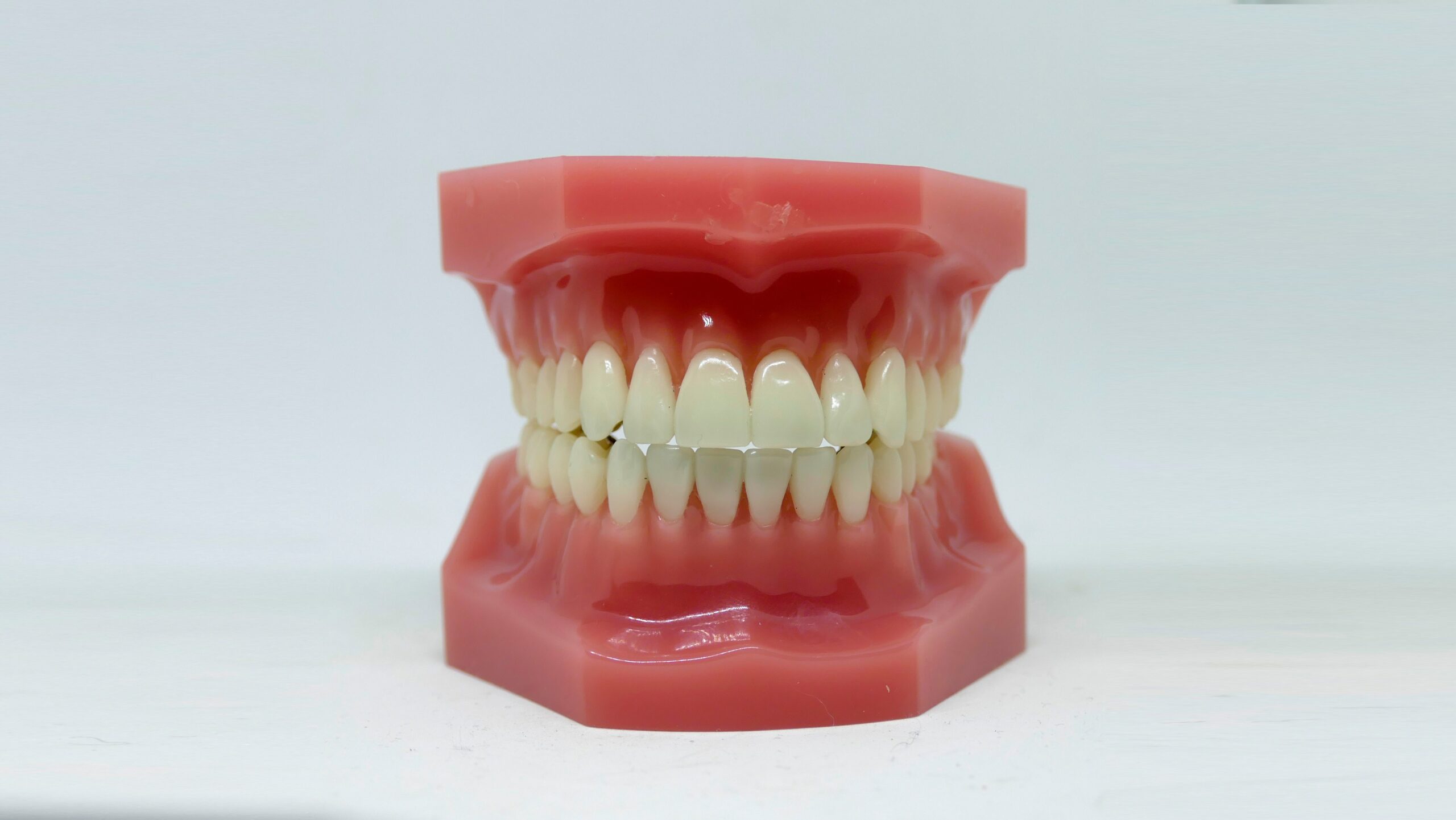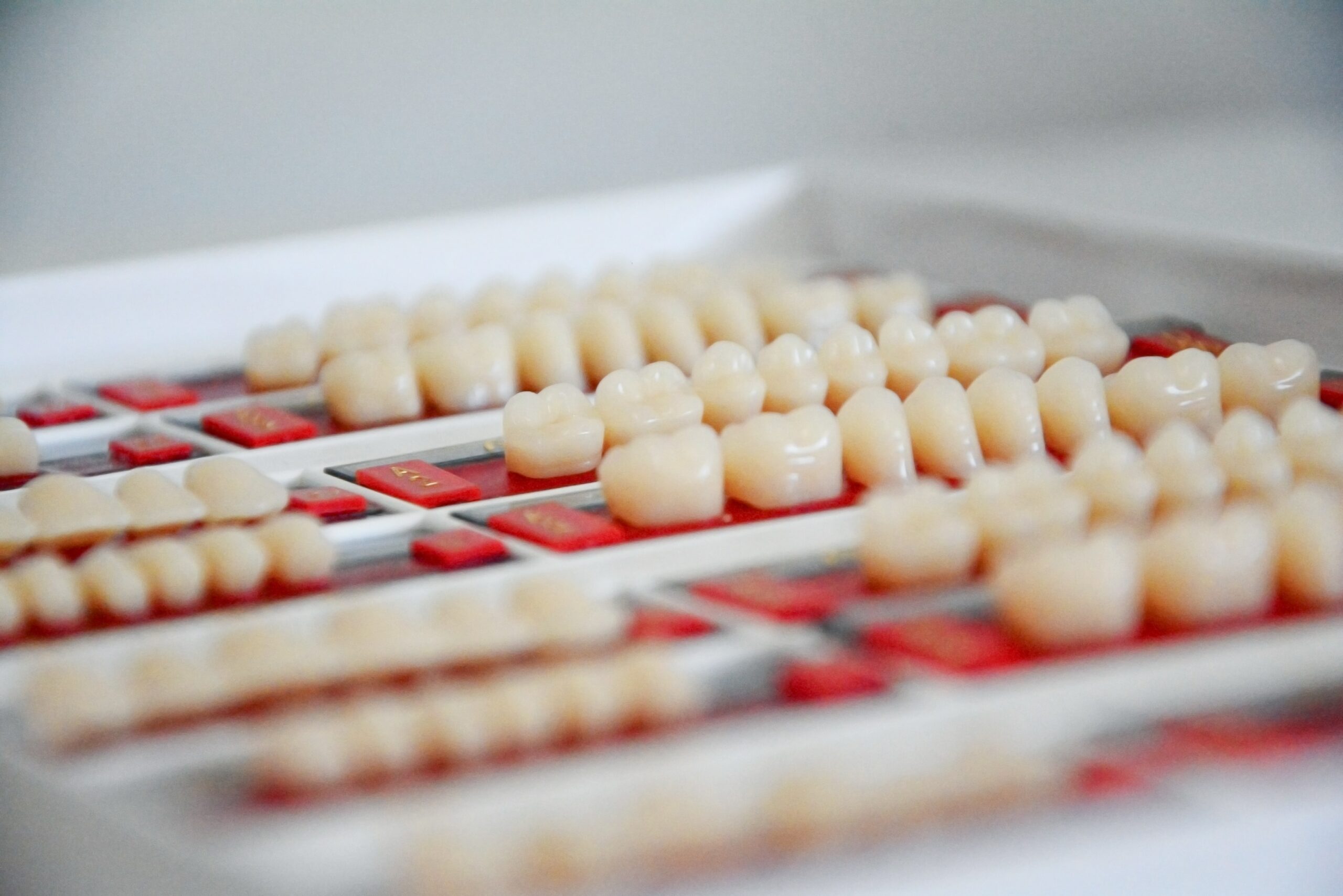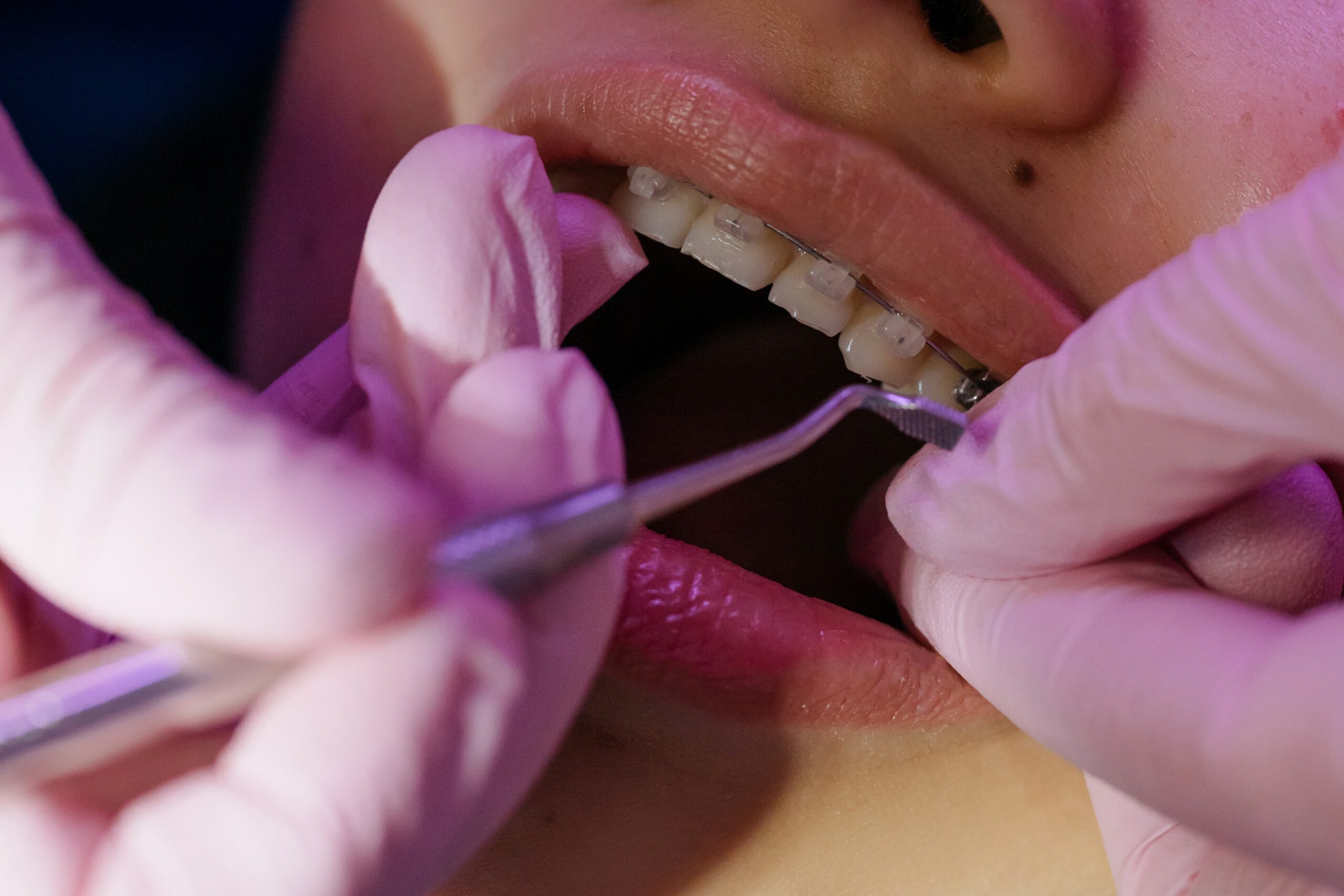Is Erosion of the Enamel a medical term?
Tooth enamel loss is the simplest way to describe Enamel Erosion, also known as dental erosion. Even so, the value of solid tooth enamel is far from simple elements that contribute to enamel deterioration. You may already know that calcium is critical for bone health, but it’s also essential for strong enamel and healthy teeth. If calcium is withdrawn from your teeth over time, it will cause damage to your teeth over time.
Some of the most prevalent foods that contribute to the erosion of teeth are as follows:
Dehydration and high sugar content are two of the many health hazards connected with excessive alcohol consumption, among other things. Acidic wines, such as wine, can create a dry mouth. Some fruit juices might be as acidic as battery acid in terms of concentration when it comes to acidity. Fruit juice is frequently thought of as beneficial.
There is a lot of acid in citrus fruits such as lemons, oranges, grapefruits, cranberries, and apples. It’s not just citrus fruits that can cause Enamel Erosion they can also cause gum disease. Tomatoes are acidic, even though they are not citrus fruits. This candy’s acidity weakens enamel, making it easier for sugar to adhere to teeth.

Dental enamel degradation can also be caused by various health disorders, including those that affect the digestive system, such as acid reflux. Based on the American Dental Association research, the following are some of the most prevalent health problems associated with dental Enamel Erosion.
GERD and prolonged acid reflux can severely erode the enamel on the back of your teeth. Bulimia and anorexia both can potentially harm the enamel of the teeth permanently, but the mechanisms by which they do so differ.
The exposure of the teeth to stomach acid due to vomiting has been linked to enamel loss as a result of bulimia. There is a relationship between anorexia-induced enamel degradation and the body’s mineral depletion, particularly calcium. Inflammatory diseases, like diabetes, can affect the entire body, harming the mouth.
Damaged Enamel Signs and Symptoms include:
Tooth damage caused by Enamel Erosion is a common misconception. The existence of a toothache or high sensitivity to hot and cold foods or beverages, which are the most typical symptoms of this illness, characterizes this condition.
Taking Care of Damaged Enamel:
Many factors can influence the treatment of a patient’s existing Enamel Erosion. When a patient has a toothache, a chipped tooth, or any other comparable symptom, they’ll typically make an appointment with their dentist.
The following are the most often employed treatment options:
Dentin fillings are used to repair mild tooth decay and deterioration. When the degeneration is too severe to be repaired with a filling, crowns restore the tooth’s structure. Multiple teeth can be protected by dental bonding. The use of dental veneers to protect several or all teeth over a more extended period.

Enamel Erosion Preventative measures:
Damage to enamel is irreversible since it is a permanent process. As a result, prevention is essential, especially if you are currently dealing with tooth decay and erosion. Preventing Enamel Erosion is one of the most important things you can do.
They are reducing the intake of sugary, acidic, and carbonated beverages. Use water, unsweetened tea, and other alternatives instead of sugary drinks. Must drink water to wash away the juice and other particles from citrus fruits and other acidic foods.

